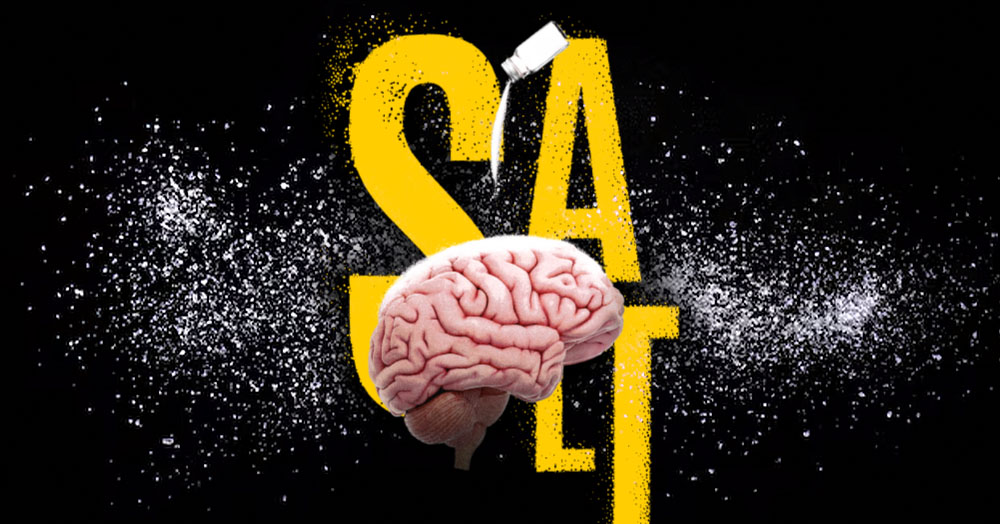Iowa Researcher Identifies Part of Brain That Controls Love of Salty Foods
 PHOTO ILLUSTRATION: CALEB SAUNDERS
PHOTO ILLUSTRATION: CALEB SAUNDERS
Joel Geerling doesn’t crave salty snacks.

However, the University of Iowa researcher has discovered why so many of us find salty foods irresistible. According to a recently released study in the journal JCI Insight, Geerling and his team have found that a set of neurons within the brain stem controls desire for salt and the sodium it contains.
Geerling, an associate professor of neurology in the UI Roy J. and Lucille A. Carver College of Medicine, says these neurons sense a hormone called aldosterone, which plays a role in regulating blood pressure.
“We found that when these neurons are removed from the brain stem, desire for sodium disappears,” he says. “We also saw an increase in sodium appetite when these neurons are stimulated.”
The UI study may change our understanding of how taste and cravings influence diet. It may also help physicians find solutions to curb their patients’ excessive salt intake—something that many Americans struggle with daily.
A Salty Situation
Nearly 90 percent of U.S. adults consume more than the daily recommended maximum of 2,300 milligrams—or one teaspoon—of salt set by the Food and Drug Administration. However, Geerling also sees a number of patients over the age of 60 who don’t consume enough salt or water, which can also lead to significant health risks such as hypertension.
What controls salt appetite has been less understood until now.
Building off research started in collaboration with his PhD mentor, the late Arthur Loewy of Washington University in St. Louis, Geerling worked to change that. He and Iowa research scientist Silvia Gasparini studied aldosterone, a hormone created by the adrenal cortex that controls the balance of water and salt in the kidney.
“Aldosterone is really important for us to be alive and is vital for our overall health and bodily functions,” says Geerling. “If you’re not drinking enough fluid, aldosterone is created to tell the kidney and other organs to retain sodium. But when your body produces too much of it, your blood pressure spikes.”
Craving Control
In their study of a set of specific cells in the brain stem, Geerling’s team discovered that aldosterone-sensitive HSD2 neurons—of which each human has around 1,000 in total—were the culprit behind the aldosterone-induced craving of salty foods. The researchers found that the only central function of these HSD2 neurons is boosting sodium appetite, which Geerling says is the most specific behavior for a cell type ever discovered in mammals.
Now, with a clearer picture of how these neurons operate, Geerling plans to go more in-depth with the cellular operations surrounding these HSD2 neurons.
He says, “We’ve showed that it’s easy to boost or minimize the drive to consume salt, which could have huge implications for people in the long run.”
